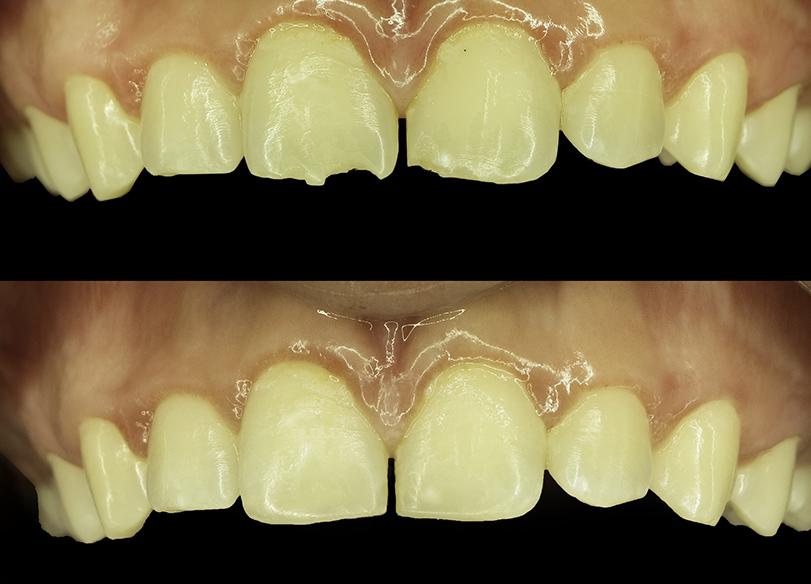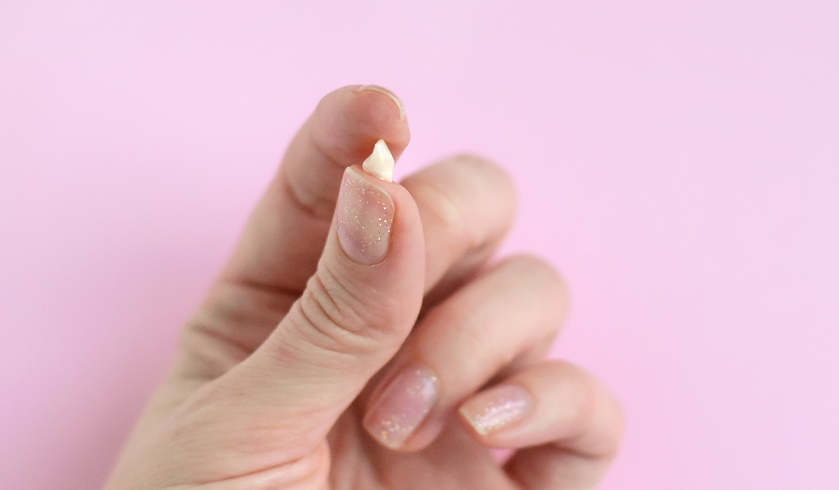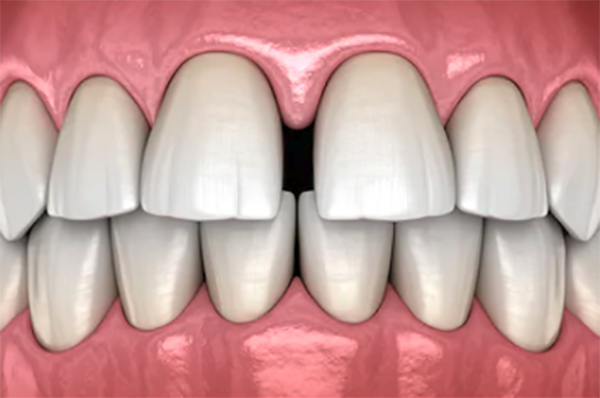Dental Bonding
Dental bonding is considered a cosmetic dental procedure. It is the treatment of adding composite bonding (the material used for dental fillings) to restore the shape of a tooth that has worn down or suffered dental trauma.
Dental bonding can also be used if the enamel of your teeth has staining, which you can’t remove by any other means. The procedure is entirely pain-free. Depending on the complexity of the case, you may need to visit the clinic once or a few times (usually up to 3 appointments) for the dental bonding procedure to be complete.
Here’s a list of possible treatments:
- Closing gaps between teeth ;
- Correcting tooth shape;
- Correction of tooth size;
- Cracked, chipped or broken tooth correction;
- Complete smile makeovers ;
- Tooth colour improvement;
- Protection of tooth roots;
- Restoration of decaying teeth;
- Restoration of worn-down teeth;
- Correction of stained teeth ;
- Treatment of tooth sensitivity .

Cosmetic bonding for a chipped tooth
Correcting a chipped tooth with dental bonding is typically one of the most straightforward procedures when carried out by a specialist, such as the clinicians working at 24H Emergency dentist. The material used by our dentists and specialists is designed especially for dental bonding, providing stable and visually pleasing final results.
Treatment for a chipped tooth is usually provided on the same day as the initial appointment. The dentist will first ensure there’s no further damage to the tooth and no other treatment is necessary. Once this has been confirmed, the dentist will apply the material layer by layer, and shape it to restore the tooth. To finalise the treatment, the dentist will polish the tooth and ensure its shape feels comfortable.
Dental bonding for a broken tooth
Depending on the level of breakage, a tooth can be treated with dental bonding to restore its shape and function. To determine that this treatment is suitable, the dentist will first carry out a full assessment and ensure that the bonding treatment can promise enough stability and reasonable duration. If this is impossible, then a dental crown may be suggested.
Treating a broken tooth as soon as possible is crucial for saving that tooth. If a more severe breakage has occurred and the dentine or pulp of the tooth are exposed, the tooth can quickly be infected by the bacteria living in the mouth or the one absorbed with food and drink.
If you’ve broken a tooth contact our friendly receptionist staff for an emergency appointment.
CALL US
Dental bonding for tooth discolouration
Tooth discolouration can occur due to many reasons from smoking, which causes intrinsic and extrinsic discolouration, to abnormalities in development or even acne treatment. Sadly, most cases of teeth discolouration are irreversible.
Although some cases can be treated successfully with extensive internal bleaching, composite bonding offers a rather solution. The treatment is entirely cosmetic and consists of applying a thin layer of special material over the teeth to restore a natural, healthy-looking smile. The durability of the results will depend on the thickness of the applied coating, lifestyle choices, and additional factors. Still, overall you can expect to enjoy a beautiful smile for 7 to 10 years, after which repeating the procedure is recommended.
Smile makeover with composite bonding
While going the traditional route to a beautiful smile, including teeth straightening with braces and teeth whitening is the solution for many, some people prefer the ease, speed, and predictability of results that composite bonding can provide.
If you require a complete smile makeover, our composite bonding specialist will first craft a mock-up of the final result. The mock-up will apply over your teeth so you can review the result and request any changes you desire. If undergoing a smile makeover treatment, you will have complete freedom over the shade of white you choose for your teeth, as well as the final shape and length of the teeth. The entire procedure can take a few appointments (depending on the number of times you request changes) but will give you the Hollywood smile you need for an unparalleled confidence boost.
BOOK A CONSULTATION
Closing a gap with composite bonding
One of the most common requests by patients seeking composite bonding is closing a gap between the two front teeth. When this is required, it is essential to consider the size of the gap. Where the diastema (the medical term for teeth gap) is 1-2mm, closing it with composite bonding is possible and straightforward.
When the gap is more prominent, however, the dentist needs to consider the visual symmetry before attempting the treatment. If the patient’s teeth are generally narrow in shape with a gap of 3mm or more, closing that gap with composite bonding can create visual imbalance. To ensure you’re happy with the possible results in such case our specialist will first prepare a mock-up which allows you to view the outcome of the treatment before fully committing to it, and make an informed decision.

Bonding to reduce the sensitivity of teeth
When the dental enamel is worn out, the dentin (the inner tooth layer) is exposed, causing higher sensitivity of the teeth. If you’re experiencing any toothache when consuming hot or cold drinks or food, or even when breathing in cooler air, this can be a sign that your dentin is exposed and treatment is needed.
Composite bonding can be used to apply a thin protective layer over the exposed dentin, service as a shield to external influence and significantly reducing the sensitivity and discomfort you are experiencing.

